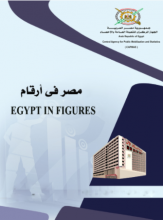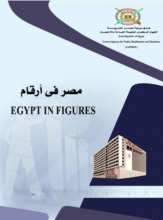Gender
With the adoption of the 2030 Agenda for Sustainable Development, which includes a set of 17 Sustainable Development Goals (SDGs) to end poverty, fight inequality and injustice, and tackle climate change by 2030, Arab countries are now expected to implement these goals and report on their performance within this new framework.
The post-2015 international development agenda is set to deal with the unfinished business of the Millennium Development Goals (MDGs) and to address the unacceptable and unsustainable levels of injustice and exploitation. Under the moto of “the road to dignity by 2030: ending poverty, transforming all lives and protecting the planet”, the SDGs will be especially relevant for a region that has witnessed tremendous progress, but has suffered from drawback in the past few years, as a result of increasing violence and conflict. New research has emphasized the grievances and difficulties women pass though in times of hardship, especially since the Arab women continue to be the main caretaker of the children and families. In acknowledgement of women’s status globally, their historic contribution to their societies, and the structural issues of the system that continue to affect their lives and expectation, a stand-alone goal (Goal 5) aiming to “achieve gender equality and empower all women and girls” was agreed upon, in addition to a growing a consensus of mainstreaming gender equality into the set of seventeen goals to be endorsed in a few months’ time.
SDGs: A Useful Tool for Arab Women and Girls
The process of designing the post-2015 development agenda has been exceptionally inclusive and participatory. The “World We Want” platform was unique in its approach, and it was supported by continuous efforts at the regional and national levels. In the Arab region, numerous consultation meetings have been conducted to voice the priorities of the individual countries and the region as a whole. With the adoption of the SDGs, continuous efforts are needed at the regional level to assess on the capacity of Arab countries and the challenges they face in monitoring the implementation of the SDGs. From a gender equality perspective, each of the goals is exclusive in the area of coverage, yet gender as a cross-cutting issue is mainstreamed throughout the goals. We attempt to assess the extent to which the official statistical production by Arab countries allows for a level of disaggregation by sex and to look into how international organizations have complemented statistics produced at the national level.
View PDF
Related Topics
-
Egypt in Figures - Population 2022
2022"Egypt in Figures" is a booklet issued each year by the Central Agency for Public Mobilization and Statistics (CAPMAS). It contains the most...Read More -
Egypt in Figures - Education 2022
2022"Egypt in Figures" is a booklet issued each year by the Central Agency for Public Mobilization and Statistics (CAPMAS). It contains the most...Read More -
Egypt in Figures - Economy 2022
2022"Egypt in Figures" is a booklet issued each year by the Central Agency for Public Mobilization and Statistics (CAPMAS). It contains the most...Read More


